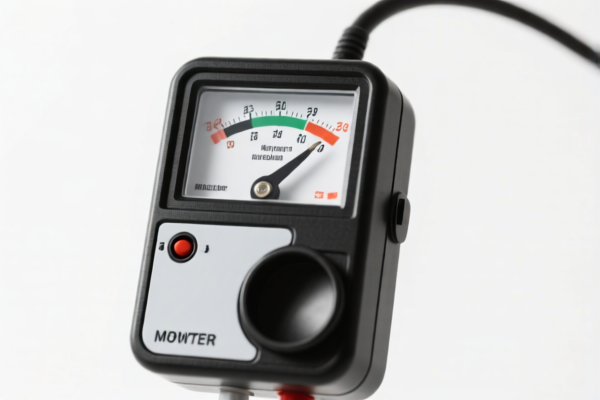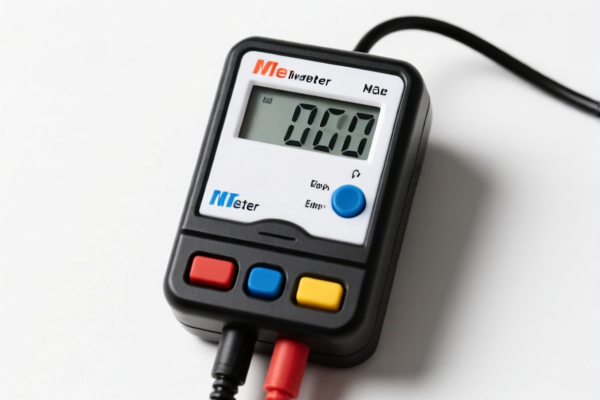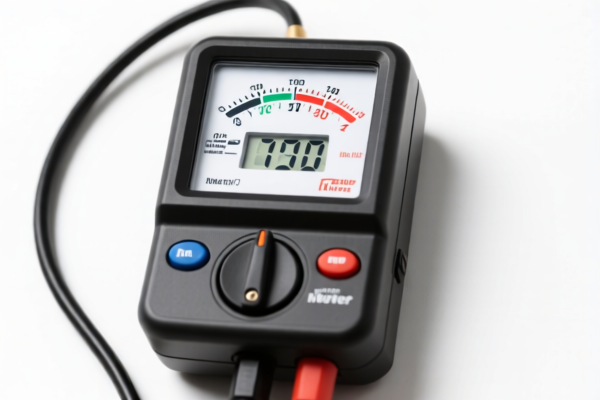| HS Code | Official Doc | Tariff Rate | Origin | Destination | Effective Date |
|---|---|---|---|---|---|
| 9030400000 | Doc | 55.0% | CN | US | 2025-05-12 |
| 9030908961 | Doc | 55.0% | CN | US | 2025-05-12 |
| 9031808085 | Doc | 30.0% | CN | US | 2025-05-12 |
| 9031808060 | Doc | 30.0% | CN | US | 2025-05-12 |
| 8543708000 | Doc | 55.0% | CN | US | 2025-05-12 |
| 8543708000 | Doc | 55.0% | CN | US | 2025-05-12 |
| 8518104000 | Doc | 55.0% | CN | US | 2025-05-12 |
| 8518500000 | Doc | 55.0% | CN | US | 2025-05-12 |




Decibel Meter
A decibel meter (also referred to as a sound level meter) is an instrument used to measure the intensity of sound. The measurement is expressed in decibels (dB), a logarithmic unit used to describe a ratio of a value to a standard reference level.
Material & Components
Decibel meters typically consist of the following components housed within a protective casing, often plastic or metal:
- Microphone: A sensitive transducer that converts sound waves into electrical signals. Common microphone types include condenser microphones, known for their accuracy and wide frequency range.
- Amplifier: Boosts the weak electrical signal from the microphone.
- Signal Processing Circuitry: This includes weighting filters (A, C, Z), and range switches to adjust the measurement scale.
- Display: Usually a digital LCD or LED screen that shows the sound level reading in decibels.
- Power Supply: Battery or AC adapter.
- Optional Components: Some meters include data logging capabilities, USB connectivity, and wind shields.
Purpose
The primary purpose of a decibel meter is to quantify sound levels for various applications, including:
- Noise Pollution Monitoring: Assessing environmental noise levels from traffic, construction, industrial sources, etc.
- Occupational Safety: Ensuring workers are not exposed to harmful noise levels that could cause hearing damage.
- Audio Engineering: Measuring sound levels during recording, mixing, and mastering processes.
- Acoustic Analysis: Studying the sound characteristics of spaces (e.g., concert halls, classrooms)
- Product Testing: Evaluating the noise output of appliances, machinery, and other devices.
Function
A decibel meter functions by:
- Sound Wave Detection: The microphone detects variations in air pressure caused by sound waves.
- Signal Conversion: The microphone converts these pressure variations into an electrical signal.
- Signal Amplification: The amplifier increases the strength of the electrical signal.
- Weighting & Filtering: Weighting filters (A, C, Z) are applied to the signal to simulate the human ear's response to different frequencies.
- A-weighting: Most commonly used, approximates the human ear's sensitivity at different frequencies, emphasizing mid-range frequencies.
- C-weighting: Less frequency-selective, used for measuring high-intensity sounds.
- Z-weighting: Flat response across all frequencies, used for precise measurements.
- Display: The processed signal is converted into a decibel reading and displayed on the meter's screen.
Usage Scenarios
- Environmental Noise Surveys: Measuring noise levels in residential areas, near airports, or industrial sites.
- Workplace Noise Assessments: Evaluating noise exposure levels for employees in factories, construction sites, or offices.
- Concert Sound Level Monitoring: Ensuring sound levels at concerts and live events do not exceed safe limits.
- HVAC System Noise Testing: Measuring the noise output of air conditioning and ventilation systems.
- Audio Equipment Calibration: Adjusting the levels of microphones, speakers, and other audio devices.
- Soundproofing Evaluation: Assessing the effectiveness of soundproofing materials and techniques.
Common Types
- Integrative Sound Level Meters: Measure the average sound level over a specific period.
- Real-Time Analyzers: Provide a continuous display of sound levels and frequency spectrum.
- Class 1 Sound Level Meters: Highly accurate instruments used for compliance measurements and legal applications.
- Class 2 Sound Level Meters: Less accurate but more affordable instruments suitable for general noise surveys.
- Pocket Sound Level Meters: Compact and portable instruments for quick and easy noise measurements.
- Smartphone Apps: While convenient, smartphone apps are generally less accurate than dedicated decibel meters and should not be used for critical measurements.
Based on the provided information, a decibel meter falls under the category of measuring or checking instruments. Here's a breakdown of relevant HS codes:
- 9030400000: This HS code covers Oscilloscopes, spectrum analyzers and other instruments and apparatus for measuring or checking electrical quantities, excluding meters of heading 9028; instruments and apparatus for measuring or detecting alpha, beta, gamma, X-ray, cosmic or other ionizing radiations; parts and accessories thereof: Other instruments and apparatus, specially designed for telecommunications (for example, cross-talk meters, gain measuring instruments, distortion factor meters, psophometers). A decibel meter, used for measuring sound levels (an electrical quantity), could fall under this code, particularly if it's designed for telecommunications applications. The total tax rate is 55.0% (0.0% basic tariff + 25.0% additional tariff, increasing to 30% after April 2, 2025).
- 9031808085: This HS code covers Measuring or checking instruments, appliances and machines, not specified or included elsewhere in this chapter; profile projectors; parts and accessories thereof: Other instruments, appliances and machines: Other. If the decibel meter doesn't fall under a more specific category and isn't specifically for telecommunications, it may be classified here. The total tax rate is 30.0% (0.0% basic tariff + 0.0% additional tariff, increasing to 30% after April 2, 2025).
According to the provided reference material, the HS code options related to 'decibel meter' are limited, with only the following 2 found.
It is important to note that the final classification will depend on the specific features and intended use of the decibel meter.
Customer Reviews
No reviews yet.